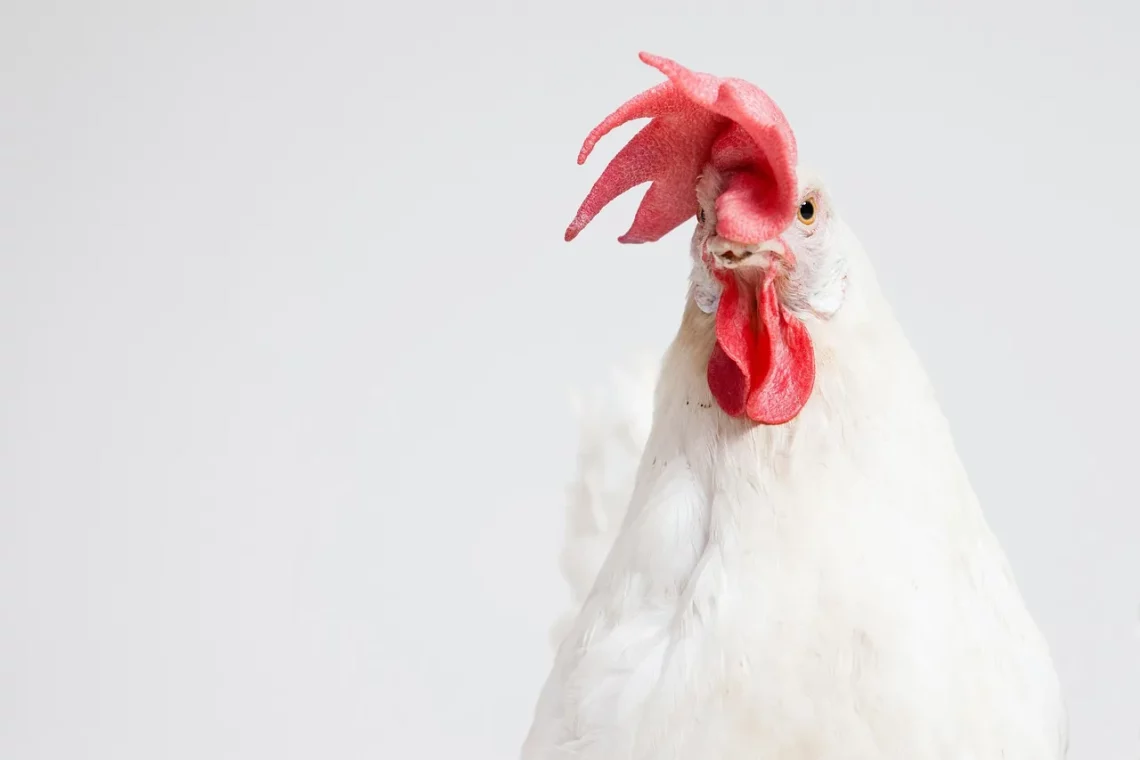
When Can Chickens Go Outside: A Guide for Chicken Owners
Raising chickens can be a rewarding and fulfilling endeavor for both novice and experienced poultry enthusiasts. The joy of watching these feathered friends roam freely can be a highlight of chicken ownership. However, understanding when and how to introduce them to the outdoors is crucial for their well-being and happiness. Chickens are social animals that thrive in environments where they can express their natural behaviors, such as foraging, dust bathing, and socializing with their flock. Yet, with such freedom comes responsibility.
New chicken owners often find themselves overwhelmed with questions about outdoor access, particularly regarding age, weather conditions, and safety. It’s essential to consider various factors before allowing your chickens to explore the outside world. Not only do these factors influence the chickens’ health and safety, but they can also affect the quality of the eggs they produce and their overall happiness. This guide aims to provide chicken owners with the knowledge they need to make informed decisions about when their chickens can safely venture outdoors.
With a combination of practical advice and expert insights, you’ll be well-equipped to ensure that your chickens enjoy their time outside while remaining safe and healthy.
Understanding Chicken Development Stages
When it comes to letting chickens outside, their age plays a significant role. Newly hatched chicks have different needs compared to pullets and adult hens. As a general guideline, chicks can start to explore the outside world gradually when they reach around six weeks of age, provided that the weather is mild and their living conditions are secure.
During the first few weeks of life, chicks need a controlled environment that mimics their natural habitat. This includes a warm, dry area with proper ventilation and protection from predators. At this stage, it’s crucial to focus on their nutritional needs and ensure that they are fully feathered, which typically occurs around six weeks. Feathering provides the necessary insulation and protection from the elements, allowing them to regulate their body temperature when they venture outside.
Introducing chicks to the outdoors should be done gradually. Start by allowing them short periods outside, ideally in a secure, enclosed space to protect them from potential threats, including hawks, dogs, and other animals. Monitor their behavior closely; they will likely exhibit curiosity and excitement as they explore their new surroundings.
As they grow and mature, chickens become more adept at navigating different terrains and climates. By the time they reach 12 weeks, they should be fully feathered and capable of handling various weather conditions. However, even at this stage, it’s essential to keep an eye on them, especially during extreme weather or in unfamiliar environments.
Understanding the different development stages of chickens not only aids in determining when to let them outside but also fosters a nurturing environment that promotes healthy growth and development. This knowledge is vital for any chicken owner looking to provide the best care for their flock.
Weather Conditions and Outdoor Access
Weather plays a crucial role in determining when chickens can safely go outside. Chickens are remarkably resilient creatures; however, extreme temperatures—whether hot or cold—can pose risks to their health. It’s essential to consider the weather conditions before allowing your chickens to roam freely.
In warmer months, chickens may enjoy being outside more than in the colder months. However, high temperatures can lead to heat stress, especially in breeds with dense feathering. Providing shade and access to fresh water is vital during hot days, as dehydration can be a serious concern. Monitor your chickens for signs of heat stress, such as panting or lethargy, and bring them indoors if you notice these symptoms.
Conversely, in colder months, chickens are more vulnerable to frostbite and hypothermia, especially if they are not fully feathered. Hens can tolerate cooler temperatures better than extreme heat, but it’s essential to ensure they have a draft-free shelter and access to warm bedding. If temperatures drop significantly, it may be best to keep them inside or provide them with a safe, sheltered outdoor area where they can still enjoy the fresh air without exposure to the harsh elements.
Rain can also affect outdoor access. While chickens enjoy scratching in the dirt, excessive moisture can lead to muddy conditions, which are not ideal for their health. Wet conditions can cause foot problems, such as bumblefoot, or increase the risk of illness due to damp living spaces. If the ground is particularly wet or muddy, it’s advisable to keep them indoors or provide a dry, protected area outside.
Understanding how weather conditions affect your chickens will help you make informed decisions, ensuring that they remain healthy and happy while enjoying their outdoor adventures.
Safety Measures for Outdoor Time
Creating a safe outdoor environment for your chickens is essential for their well-being. Predators are a significant threat, and without proper precautions, your flock could be at risk. Ensuring that your chickens have a secure area to roam is one of the most critical aspects of chicken ownership.
A secure chicken coop is the first line of defense. The coop should be sturdy and predator-proof, with strong materials such as hardware cloth instead of chicken wire, which can easily be breached by raccoons and other predators. Additionally, ensure that all doors and windows can be securely closed when the chickens are inside.
When letting your chickens outside, consider using a run or an enclosed area. This space can be a permanent structure or a portable chicken tractor that allows them to forage while keeping them safe from predators. The run should be spacious enough for them to roam, scratch, and explore. Adding features such as perches, dust baths, and hiding spots can enhance their outdoor experience.
Another safety consideration is the potential for harmful plants or chemicals in the area. Chickens are curious and may peck at unfamiliar objects, including toxic plants, fertilizers, or pesticides. Familiarize yourself with the plants in your yard and remove any that could pose a risk. Additionally, avoid using harmful chemicals in the vicinity of their outdoor space.
Supervision is vital when your chickens are outside. While they may seem independent, keeping an eye on them can help you quickly address any potential issues, such as aggressive behavior among flock members or signs of distress.
By implementing these safety measures, you can create an environment where your chickens can thrive and enjoy their time outdoors without unnecessary risks.
Signs of Stress and When to Bring Chickens Inside
Even after taking all necessary precautions, there may be times when chickens need to be brought indoors for their safety and well-being. Understanding the signs of stress in chickens is crucial for any responsible owner.
Chickens may exhibit various behaviors when they are feeling stressed or uncomfortable. One of the first signs to watch for is changes in vocalization. Chickens communicate through different sounds, and an increase in loud clucking or squawking can indicate distress. If you notice this behavior, it’s essential to assess the situation immediately.
Physical signs of stress can also manifest in your chickens. Look for abnormal postures, such as hunching or fluffed up feathers, which can indicate that they are feeling threatened or cold. Additionally, decreased activity or lethargy may signal that something is wrong. Chickens that usually forage and interact with their environment may retreat to a corner or stay still when something is bothering them.
Environmental changes can also contribute to stress. New animals, loud noises, or even changes in lighting can disrupt their comfort levels. If you’ve recently introduced new flock members or if there are unfamiliar sounds in the vicinity, consider bringing them inside to give them time to adjust.
In cases of severe weather, such as thunderstorms or heavy winds, it’s best to err on the side of caution and bring your chickens indoors. Ensuring that they have a safe and secure environment during unpredictable weather conditions will help reduce stress levels and promote overall well-being.
By recognizing the signs of stress in your chickens, you can take proactive measures to ensure their comfort and safety, allowing them to enjoy their time outdoors without fear or discomfort.
In conclusion, understanding when and how to let your chickens outside is essential for their health and happiness. By considering their developmental stages, weather conditions, safety measures, and stress signals, you can create a nurturing environment that allows them to thrive.
**Disclaimer**: This article is for informational purposes only and should not be considered medical advice. For any health-related concerns regarding your chickens, please consult a veterinarian.




